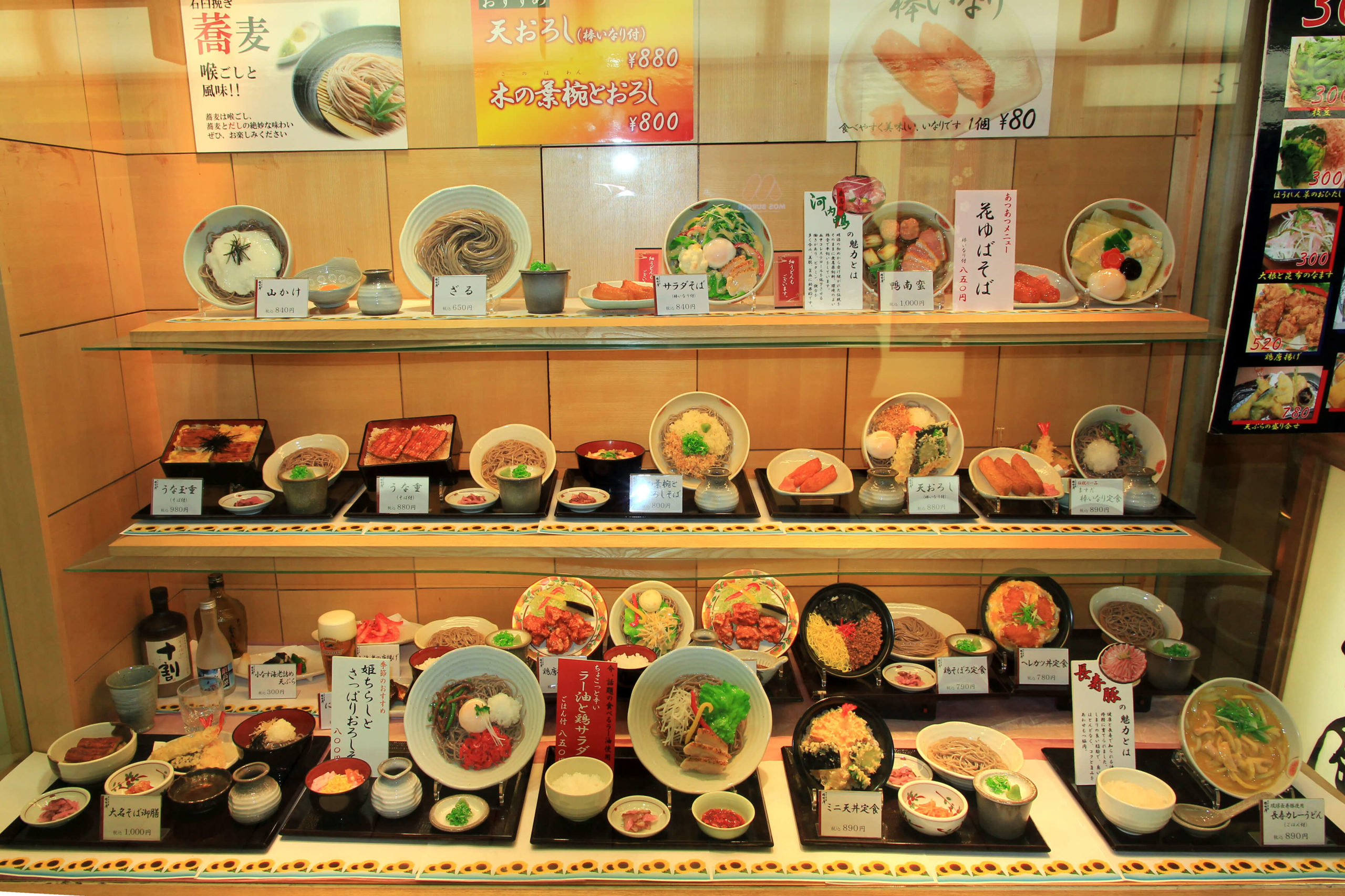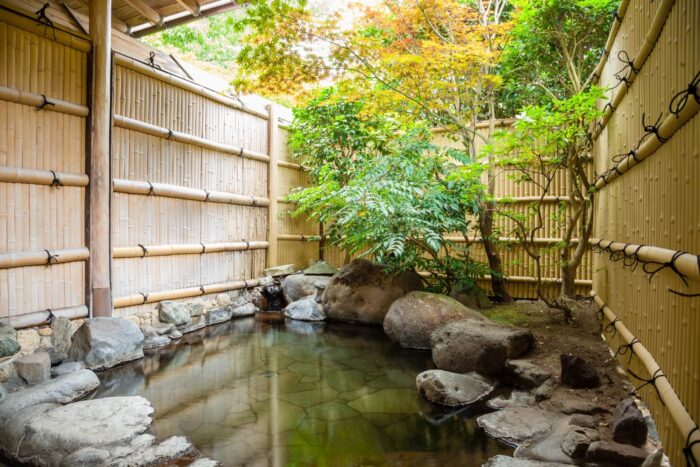
Last Updated: 11 Jul 2020 In Japanese restaurants, the customer is not always king
I loved this post on the Gaijin Days blog, describing a funny misadventure trying to get an off-menu item at Almond in Roppongi. (Which raises the question, does anyone ever really eat there? But I digress…)
I’ve seen many similar examples of non-Japanese expecting flexibility running into the sacredness of the set menu. Most times it seems to revolve around the set lunch combinations that many Japanese restaurants offer. The foreigner comes in and says “I’d like the salad from Set A, the main dish from Set B and the dessert from Set C.” This would make sense in the U.S., for example, where responsiveness to customer needs, no matter how quirky, is given top priority, and most adults can recall the famous successful Burger King catchphrase “Have it Your Way” and its accompanying jingle “Hold the Pickles, Hold the Lettuce, Special Orders Don’t Upset Us.” But such requests are typically met with annoyance in Japan, along the lines of “are you kidding?!”
The invariable Japanese inflexibility in such situations I have always felt is in part due to the need to stick to the rules, and in part due to the idea that the restaurant knows better than the patron how the food should be eaten. In other words, those sets were specifically designed by the chef with a certain combination of flavors, and how dare you as the customer question them. This kind of thinking, taken to its extreme, is the makase meal popular in Japanese sushi bars, where the customer leaves it up to the chef to decide what to serve them. Along the same lines, recently in the U.S. several sushi bars have gotten reputations for having tyrannical chefs who will kick you out of the restaurant for having the temerity to order a California roll or talking on your cell phone. I suppose this is an exception to the usual Japanese rule that “the customer is king.” In a sense it’s sort of an extreme foodie culture, in which the knowledge of the chef is valued above all else. Admittedly, most places serving lunch sets labeled A, B. and C are not all that gourmet, but even in the humble lunch place I think some aspect of this attitude still applies.
Thinking about these situations always reminds me of a funny interview I heard once on NPR. A Japanese team scouting for restaurant concepts happened upon Murphy’s Red Hots, a hot dog place with a cute décor just around the corner from where I used to live in Chicago. They quickly cut a deal with Murphy to open a Murphy’s Red Hots in Tokyo. In the interview I heard, Murphy was recounting his trip to Tokyo for the opening. A true Chicago guy with the accent to prove it, he had some very funny observations about Japan. The following is the most memorable one.
In true Japanese fashion, the precise combination of toppings to make the perfect Chicago hot dog had been analyzed, and each customer at the Tokyo store was given the exact same toppings. Until an American happened to wander in to the restaurant, enticed by the idea of getting a real Chicago hot dog. When placing his order, he asked “I’d like extra onions and hold the relish.” The staff was completely flummoxed by this request and seemed to freeze in place. So Murphy, who up until then had been relegated to the sidelines greeting customers, rolled up his sleeves, stepped up to the counter and said “I’ll handle this one.”
Related articles
The culture component and why it matters in management
Let me start with what might at first appear to be a personal story unrelated to cross-cultural mana
21. Shower, Bath & Beyond【Column: Leap Before You Look】
The 26th of every month is designated as a “風呂の日 (furo day, or bath day)” in Japan. This comes
20. Cultured Culture【Column: Leap Before You Look】
When I was a young girl, my mom was ハマる (hooked on) コンブチャ (Kombucha) for a short period of time.&nbs




